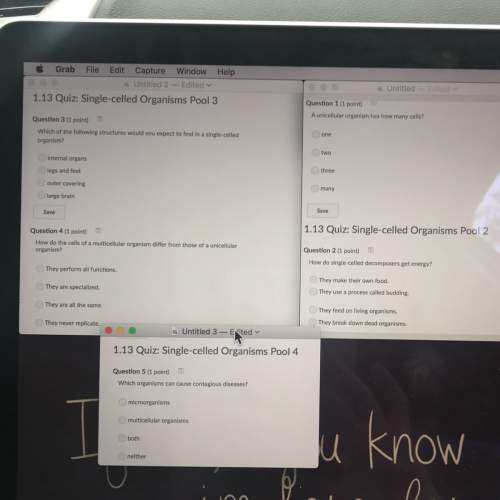Heart Rate Lab (Part 2)
Now that you have completed part one of this heart rate lab, where you...

Heart Rate Lab (Part 2)
Now that you have completed part one of this heart rate lab, where you tested the effect
of 1 minute of jumping jacks on your heart rate, you will now design and conduct your
own heart rate lab. Go ahead and fill out the blue template I created below. A few
reminders to help you.
• Independent variable is what you are testing. In part 1 of this lab, it was the 60
seconds of jumping jacks. For you, it will be whatever you choose that might
affect your heart rate - maybe a different type of exercise, or an emotional
reaction, or placing your hand in icy water Anything you think will raise or
lower your heart rate.
• Dependent variable is what you are measuring to see if your independent
variable had any effect. For everyone, this will be the change in your heart rate.
. Your hypothesis is a testable prediction of how you think your independent
variable will affect your dependent variable.
• Procedure is what you will actually do. How long will you do it? What materials
do you need (probably a timer, on a cell phone or your chromebook)
• Data: make sure you record your resting heart rate BEFORE you conduct your
experiment! Follow the same procedure you followed in part 1.
• Conclusion is a reflection of whether your hypothesis was supported by your data
You can also include anything that went wrong, or what you would do differently
next time.

Answers: 1


Another question on Biology

Biology, 21.06.2019 16:20
German cockroaches, bulging eyes, bu, are recessive to normal eyes, bu , and curved wings, cv, are recessive to straight wings, cv . both traits are encoded by autosomal genes that are linked. a cockroach has genotype bu bu cv cv, and the genes are in repulsion. which set of genes will be found in the most common gametes produced by this cockroach?
Answers: 1

Biology, 21.06.2019 23:30
Complete the sentences by matching the names of trees to the appropriate blanks. to do this, drag the names on the left into the appropriate blanks in the sentences on the right. match the words in the left column to the appropriate blanks in the sentences on the right. terms may be used more than once. make certain you have filled every blank with a term before clicking submit. 1. deciduous trees lose their leaves seasonally and include trees such as maple and elm. 2. conifer leaves are generally thin and needle-like, while seeds are contained in cones. conifers include cedar and pine. 3. evergreens are plants that maintain their leaves in all seasons and include trees such as cedar, elm, and pine. 4. hardwoods reproduce using flowers and have broad leaves; hardwoods include trees such as maple, , and cedar. elm returned you filled in 2 of 10 blanks incorrectly. mango trees are tropical broad leaf plants that maintain their leaves all year long. no credit lost. try again.
Answers: 2

Biology, 22.06.2019 09:00
The spermists believed that: the male made the only hereditary contribution to the offspring the male and female traits were blended in the offspring the female made the only hereditary contribution to the offspring the male and the female made equal contributions to the next generation
Answers: 1

Biology, 22.06.2019 14:30
The table above shows five different types of chromosomal abnormalities that can occur during meiosis. they result in either an individual having too many or too few chromosomes in their genome. what is the most likely cause of these chromosomal abnormalities?
Answers: 1
You know the right answer?
Questions

Mathematics, 28.12.2020 01:00


English, 28.12.2020 01:00

Mathematics, 28.12.2020 01:00

English, 28.12.2020 01:00

Mathematics, 28.12.2020 01:00


English, 28.12.2020 01:00

English, 28.12.2020 01:00



English, 28.12.2020 01:00


Mathematics, 28.12.2020 01:00




Mathematics, 28.12.2020 01:00

Mathematics, 28.12.2020 01:00




